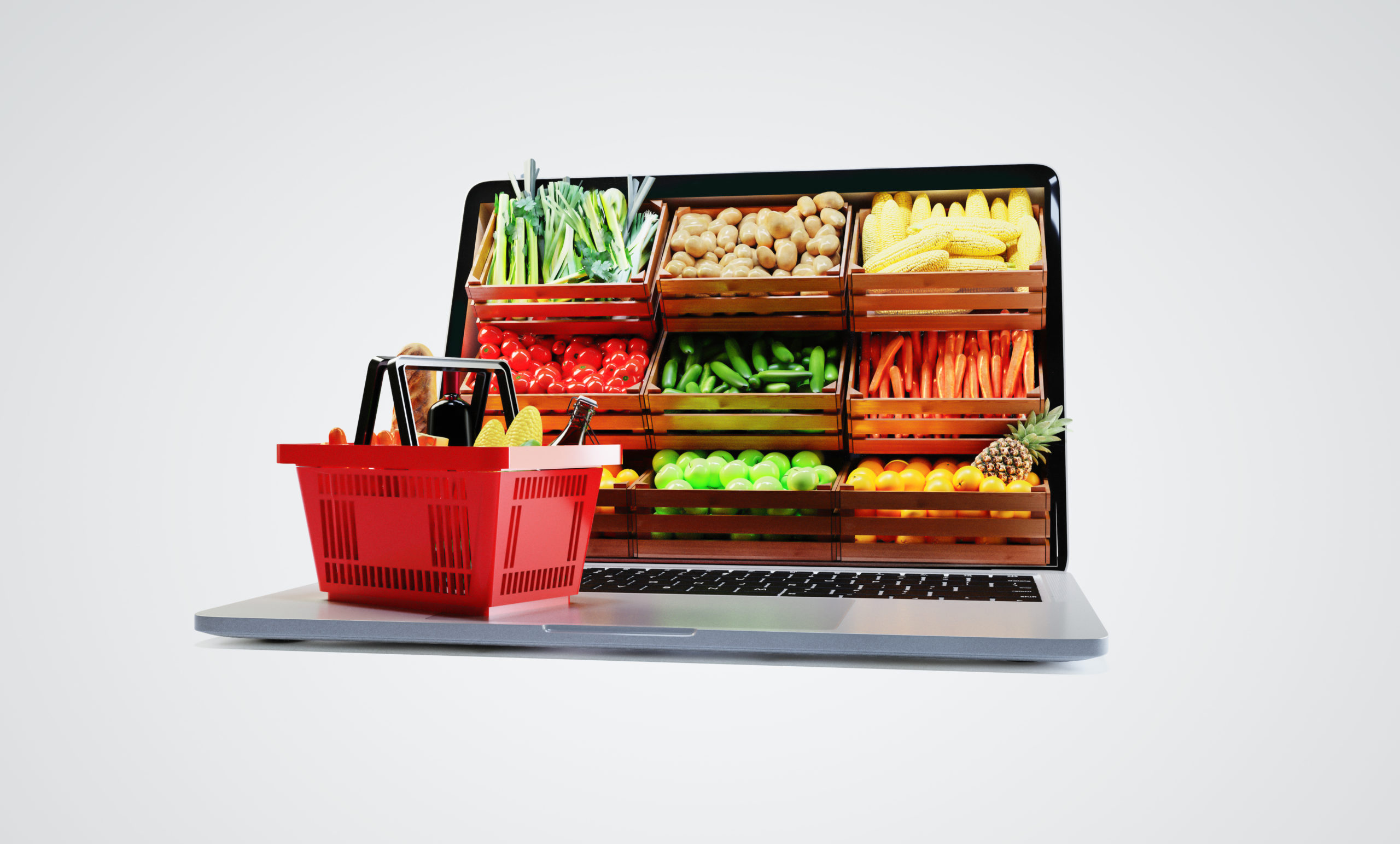Digital transformation has led businesses to reach their customers effortlessly and with just a click. Several programs provide incentives and offerings for all age levels and have instead built a bond at the level of community where everybody can look forward to anything. Where the traditional grocer would only be excited about his growing sales, the modern grocer makes sure of his customer retention, customer loyalty, payment gateways, and overall comfortable shopping experience for his customers. This digital transformation of the grocery business, from offline to online, begins with marketing and loyalty programs on the phone and slowly builds up customer interaction with the right content through a mobile application, websites, online transactions, and digital coupons.
With traditional grocers noticing a change in customer behavior, the focus now shifted to make the shopping experience simpler, quicker, and hassle-free. Adding to the changing patterns is the advent of the novel coronavirus led people to step out of their homes lesser except necessities and to spend as little time as possible outdoors and in crowded spaces. A digital transformation for these independent grocers has thus, been a vital element to be added to their daily upkeep to keep the traditional businesses at par with the ever-changing market forces.
This category included in-store and curbside pickup, home delivery, customer service, personal problem solving, personalized rewards and loyalty programs, digital coupons, and easy access to products and substitutions. Independent grocers are continually striving to innovate to draw more customers, thereby offering the ultimate shopping experience. According to Statista, at the dawn of COVID-19 quarantine in the United States, the share of online grocery shoppers increased from 11% in the first week of March to 37% in the fourth week of March itself.

Digital transformation introduces significant challenges in the grocery industry, and at the same time, increase tremendous potential. To grow the grocery buying experience, independent grocery stores must embrace the transition. By offering machine learning and AI to predict shopper behavior, the digital program also allows grocers to entice purchases in a new way with digital coupons, regular shopper discounts, and deals on their lower selling supplies, in turn providing customers with incentives to buy from that particular grocer.
All this could have been a winning feat for high grossing elite names in the market a few months back, but the digital transformation has shown unprecedented growth with small local level grocers too, who are trying to make a mark in the industry. The aim now is to identify the most successful and sustainable solutions that are easy to use, attractive for customers and, profitable to businesses big and small. These initiatives promote the experience of the customer, which serves to enhance retention and loyalty.
Even though some stores might not show signs of a need to go online or may not opt into the game as the digital transformation incurs a lot of costs, the future is digital and would only help garner success in the long run, experts say. Understanding their customers and their loyalty would be the determining factor in understanding the need to go digital and the pace of it, because as customer behavior changes, so would have to change the strategies of store owners.
With food habits changing and a new era of home-cooked, healthy food getting momentum, shopper preference is more inclined towards fresh produce and the demand for locally grown and sourced products. These demands have also been met by grocers by introducing meal packages and easy ordering of required raw materials, thus saving time going around aisles and looking for ingredients separately and minimizing the time spent outdoors during a pandemic. Moreover, a large percentage of customers dining out at restaurants have taken an alternative to home-cooked food and subsequent grocery shopping for further procurement of fresh goods.
The use of data and information on customer behavior takes grocers a long way in understanding the next step to take or the changes to be made to their existing chain of functioning. These digital tools do not only help the customer re-order items from their previous grocery list but also helps the independent grocers to act on the data through advertisements, loyalty programs, and personalized offers for their regular customers. Here, more significant than the high-end technology is the ease of using it and, independent grocers are trying their best to make things easy-going on their digital front.
These include their mobile applications, websites, payment gateways, and their easily redeemable digital coupons. Thus, even though the future seems uncertain and in the new norm, the focus and dependence of customers on the digital are bound to continue, encouraging the independent grocers to take things in a stride and work towards making the online shopping experience valuable and easy for the everyday shopper.
Ready to embrace digital transformation to compete over a rapidly shifting market?
RSA America helps Independent grocers to drive transformation by offering a fully integrated digital solution that adds value for the customer by having pricing, couping, marketing, and loyalty in one place. It gives grocers a competitive edge in the market, customization on a real-time basis, focused loyalty rewards, and positive shopping experience.
We empower independent grocers to succeed and propel them on their new journey towards digital success for the future and beyond. If you’re interested to learn more about us, feel free to contact us today.

